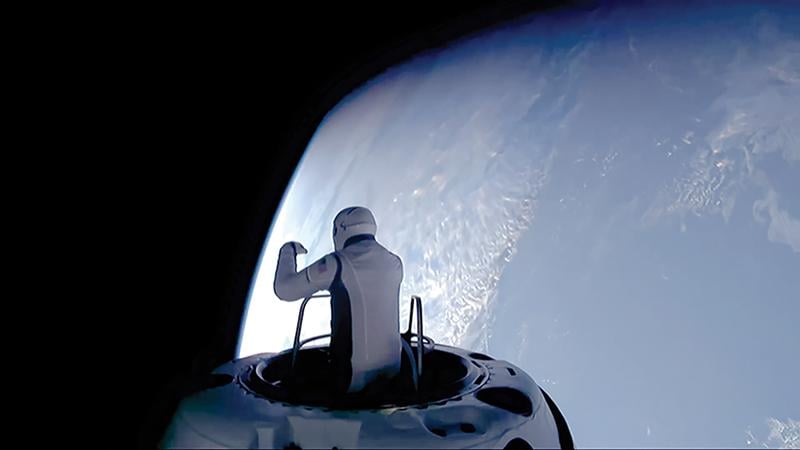
Private astronaut Jared Isaacman’s Polaris Dawn mission included the first extravehicular activity during a commercial spaceflight.
Credit: SpaceX
Through the recently completed Polaris Dawn private charter and spacewalk, SpaceX demonstrated the ability to develop, build and flight-test a growing range of technologies while gaining operational expertise for missions in low Earth orbit and beyond. Even by SpaceX’s ebullient schedules, the...
SpaceX Tests Dragon EVA In A First For Private Flight is available to both Aviation Week & Space Technology and AWIN subscribers.
Subscribe now to read this content, plus receive critical analysis into emerging trends, technological advancements, operational best practices and continuous updates to policy, requirements and budgets.
Already a subscriber to AW&ST or AWIN? Log in with your existing email and password.





